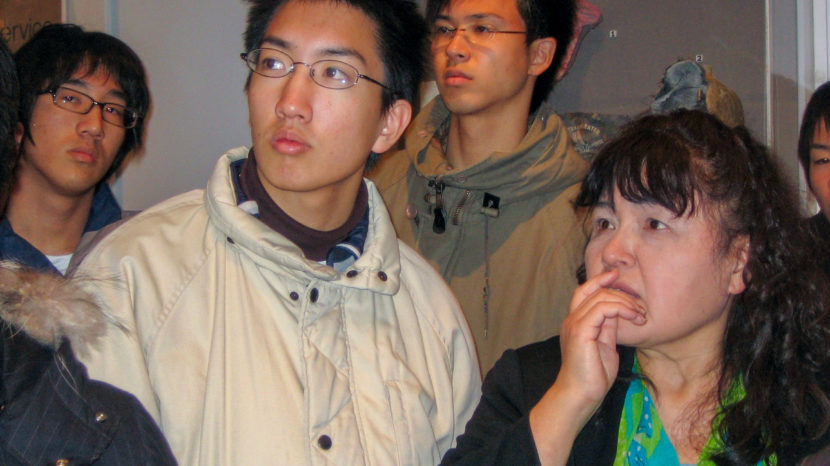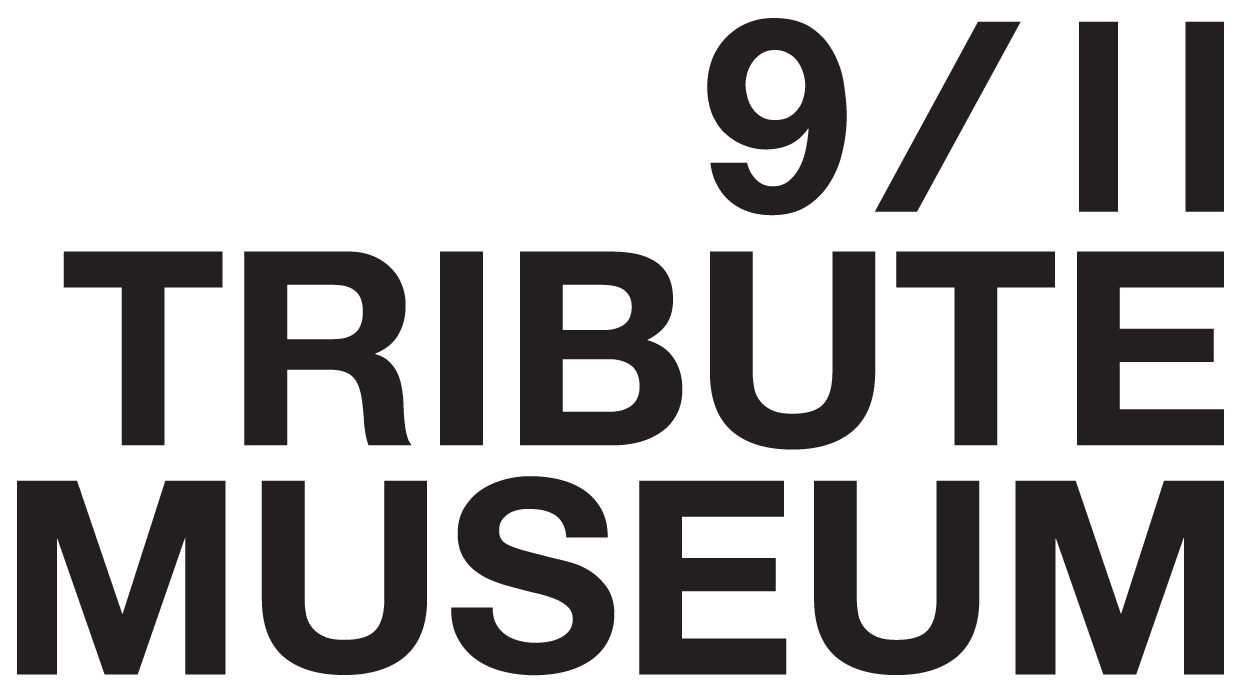Connect & Reflect presents five facts that ask students to connect the story to its historic context or to the choices that they make in their own lives.
Unit 7 – Connect & Reflect

1. Fact: As a center of international trade, the World Trade Center housed companies from all over the world. In addition, New York is a city of immigrants, with 37% of New Yorkers being foreign-born. Citizens of more than 90 countries were killed in the attacks of September 11th. Families and communities around the world had relatives or knew people who died in the World Trade Center, the Pentagon, and Shanksville.
Personal Experience Question: Why does Mr. Ito find it important to come to the World Trade Center site and encourage others to do so? Why is visiting this site of terrible violence an important thing to do? What other sites of violence around the world do people feel compelled to visit?
2. Fact: Today, one might find strands of origami cranes placed wherever there is a wish for peace around the world. At the Tribute WTC Visitor Center a display includes origami cranes that were left at the World Trade Center recovery site in the late fall of 2001, as well as new origami cranes made by Japanese families who lost their loved ones on September 11th.
Personal Experience Question: Mr. Sasaki read about the origami cranes at the Tribute Center in the Japanese press and decided to donate one of Sadako’s original origami cranes to the Tribute Center in New York City as a wish for world peace. What connection did Mr. Sasaki feel with the families of September 11th victims?
3. Fact: Sadako’s classmates were shocked to lose their friend and proposed the idea of building a statue to console the spirit of Sadako and all the other children who died from the atomic bombing. They also wanted to use this as an opportunity to teach about what happened and reflect upon peace. In 1955, the students took action and distributed 2,000 handmade leaflets to the Conference of National Junior High Schools Principals’ Association. The student councils of every school in the city formed the “Hiroshima Society of School Children for Building World Peace.” Contributions from all around Japan flooded in and these funds helped support the construction of a memorial.
Personal Experience Question: How were young people able to make a difference by bringing attention to a world issue? Can you think of an example when students have worked together to bring attention to an important issue that affected an entire community?
4. Fact: The effects of radiation were not completely understood in 1955 when Sadako died. Some people were prejudiced against survivors because they believed that radiation sickness was contagious or inherited genetically. Testing of nuclear weapons continued in the years after World War II in the American southwest and on islands in the Pacific. Around the time of Sadako’s death, the movement to ban atomic bombs gathered momentum in both Japan and the United States. The movement to support the survivors in Hiroshima and Nagasaki intensified, resulting in more health care and the creation of memorials such as the Children’s Peace Monument in Hiroshima.
Personal Experience Question: Why did people around the world begin to mobilize against nuclear weapons? How are governments working to control the building of nuclear weapons today? What other movements today can you think of that have international support?
5. Fact: Sadako’s story was spread through films, magazine features, news articles, and children’s picture books.
Personal Experience Question: What is the role of the media in spreading a message internationally? In this new age of communication, is there a way that students today could actively communicate with other students across the world to promote messages of peace?
